When the crowds have gone and north Norfolk is quieter in the late summer and Autumn, it’s the perfect time to visit the Deep History Coast. Not only is there plenty to do along the coast which is home to some of the world’s most significant natural assets, but there is also plenty to see with the changing scenery and seasonal and migratory wildlife making its first appearance. See our things to do in Autumn and get ready to explore this unique piece of coastline.
Fossil finding. With Autumn the higher tides arrive increasing the chance that some of the beach or cliffs will reveal more fossils. Fossils are regularly found along this part of the coast (and particularly at West Runton) as high tides expose the Forest Bed from the lower sections of the beach. Use the Deep History Coast App to identify any fossils you find on the beach and remember the West Runton Elephant or steppe mammoth was found along this very stretch of coastline, as well as early man Hominin footprints in the mud at Happisburgh. When searching for fossils, proceed with caution - keep away from the cliffs and do not dig into the cliff base.
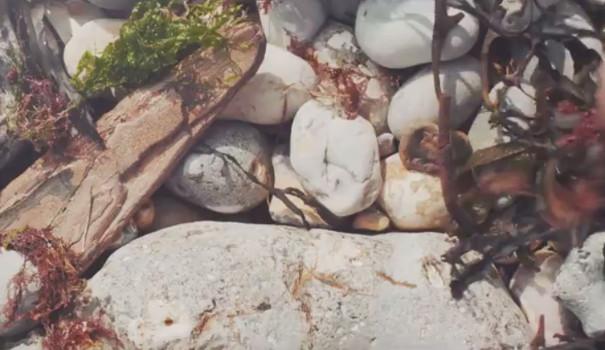
Walk the Deep History Coast. Exploring the Deep History Coast, a 22-mile stretch of coastline between Weybourne and Cart Gap, is a great way to see what north Norfolk has to offer as well as learning about the historic importance of the coastline through a trail and App showing how early man lived and what the landscape was like.
The trail is split into sections which can be walked on their own or as part of a longer route, each part showing the changing landscape in the different seasons. Just slightly inland you will find Kelling Heath near Weybourne and here you can take a wander across the heathland with its magnificent colour on show in early Autumn. See the swathes of purple heather and the yellow gorse which fills the air with its warm coconut smell.
October is also when the month-long Norfolk Trails Walking and Cycling Festival takes place with excellent events making the most of exploring this part of the county (check ahead to ensure the events are running).
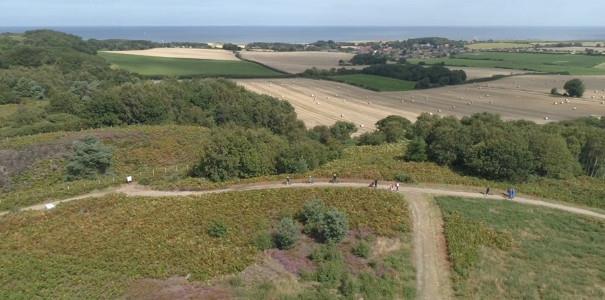
Sunsets and stars. As the nights draw in during Autumn, look to the skies along the Deep History Coast and you will be rewarded with some spectacular sunsets over the sea. As north Norfolk has some of the darkest skies in the country, on a clear night, you will have an amazing view of the stars and constellations. In September, you can take part in the Norfolk Coast Partnership Dark Skies Festival.
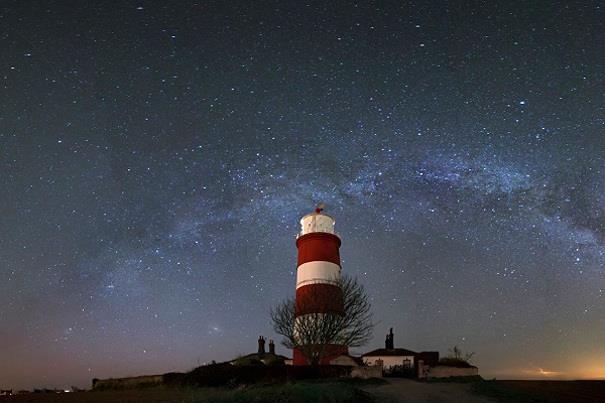
Wonderful wildlife. October in north Norfolk is the perfect time to see thousands of migratory birds arriving from Europe. The skies will be full of flocks of waders, geese, ducks and thrushes, with always the chance to pick out a rare visitor. A spectacular sight are the tens of thousands of Pink Footed Geese which begin to appear, having bred in Iceland.
Keep a lookout, too, for seals, which pup in the autumn and winter. You may see them along the shoreline, or take a boat trip to see the seals safely in their own habitat.
The Autumn colours will be evident in the local parks along the Deep History Coast, with the National Trust’s Sheringham Park worth a visit as well as the Great Wood at Felbrigg Hall and the gardens at Blickling Hall, with eye-catching autumn foliage.
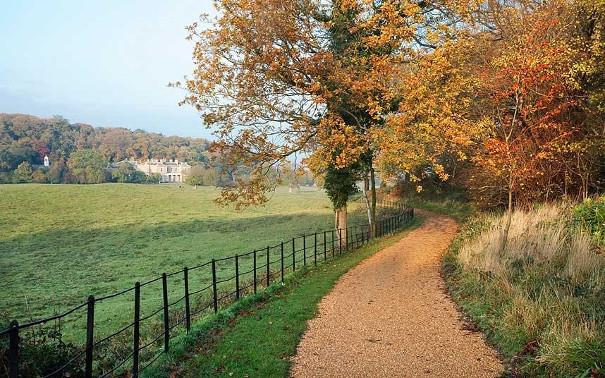
Half term along the Deep History Coast. As well finding out all about the Deep History Coast and having fun with the mobile app with games and quizzes, there are events to keep youngsters busy this October half term. The museums in Cromer and Sheringham often run events as to the Norfolk Wildlife Trust. Check ahead to ensure the events are going ahead.
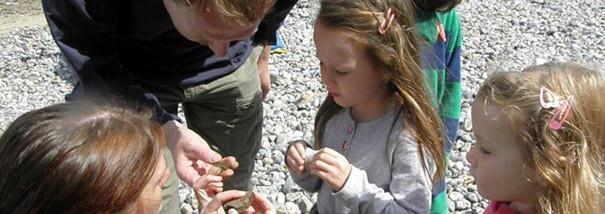
During half term, come to Cromer Museum along the Deep History Coast trail and browse around the Geology Gallery where you will see an amazing collection of fossils - all found in Norfolk. Enjoy fascinating displays revealing why Cromer is renowned as a geological area of international importance. You can also find out about the West Runton mammoth, Britain’s oldest and most complete mammoth fossil. And marvel at a cast of the skull of a Mosasaur - a huge marine reptile common in the seas that covered Norfolk over 80 million years ago.
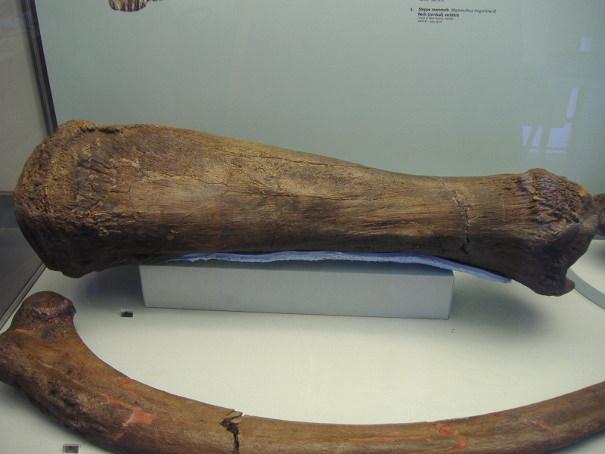
Related
Comments
Comments are disabled for this post.






